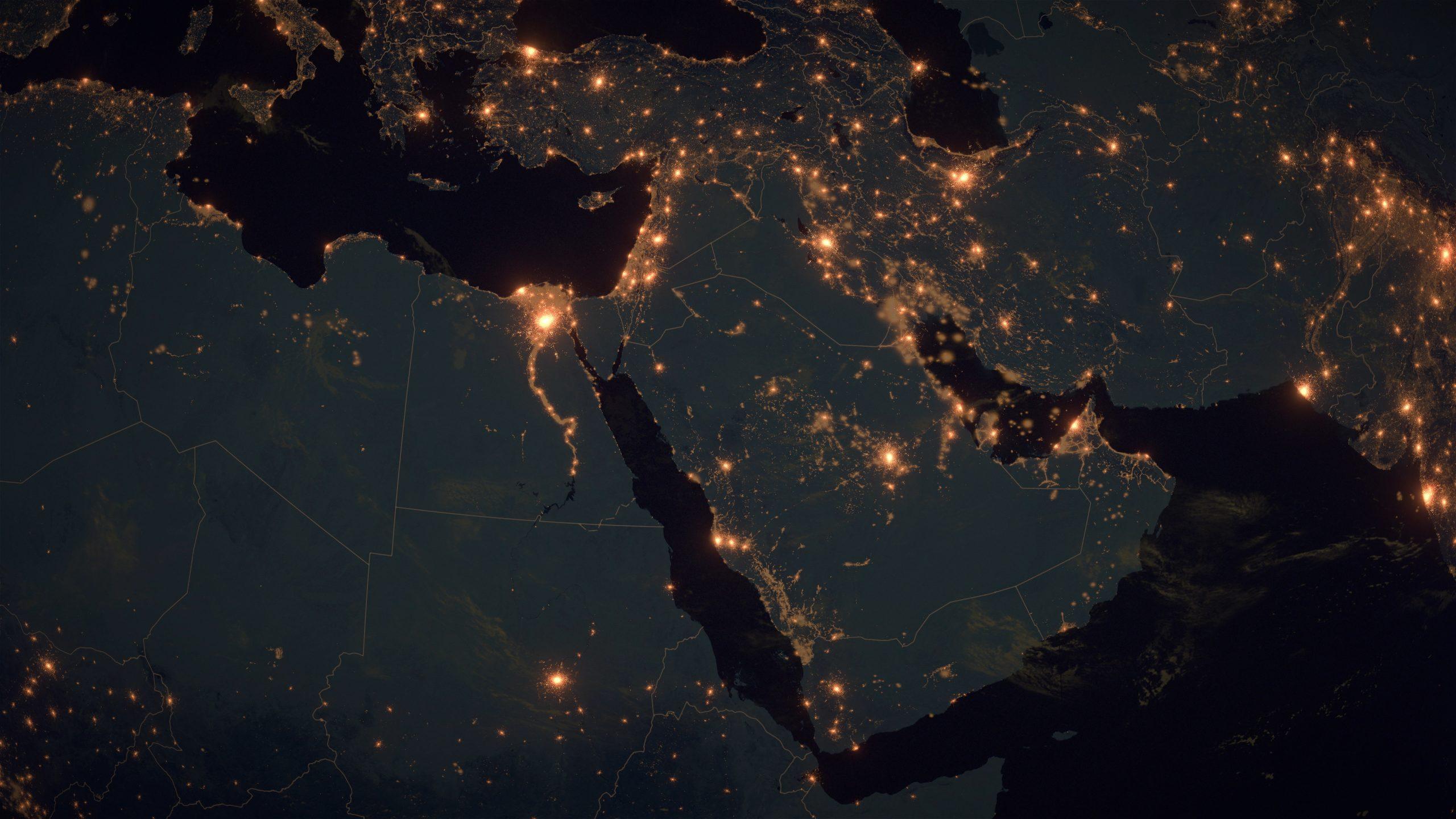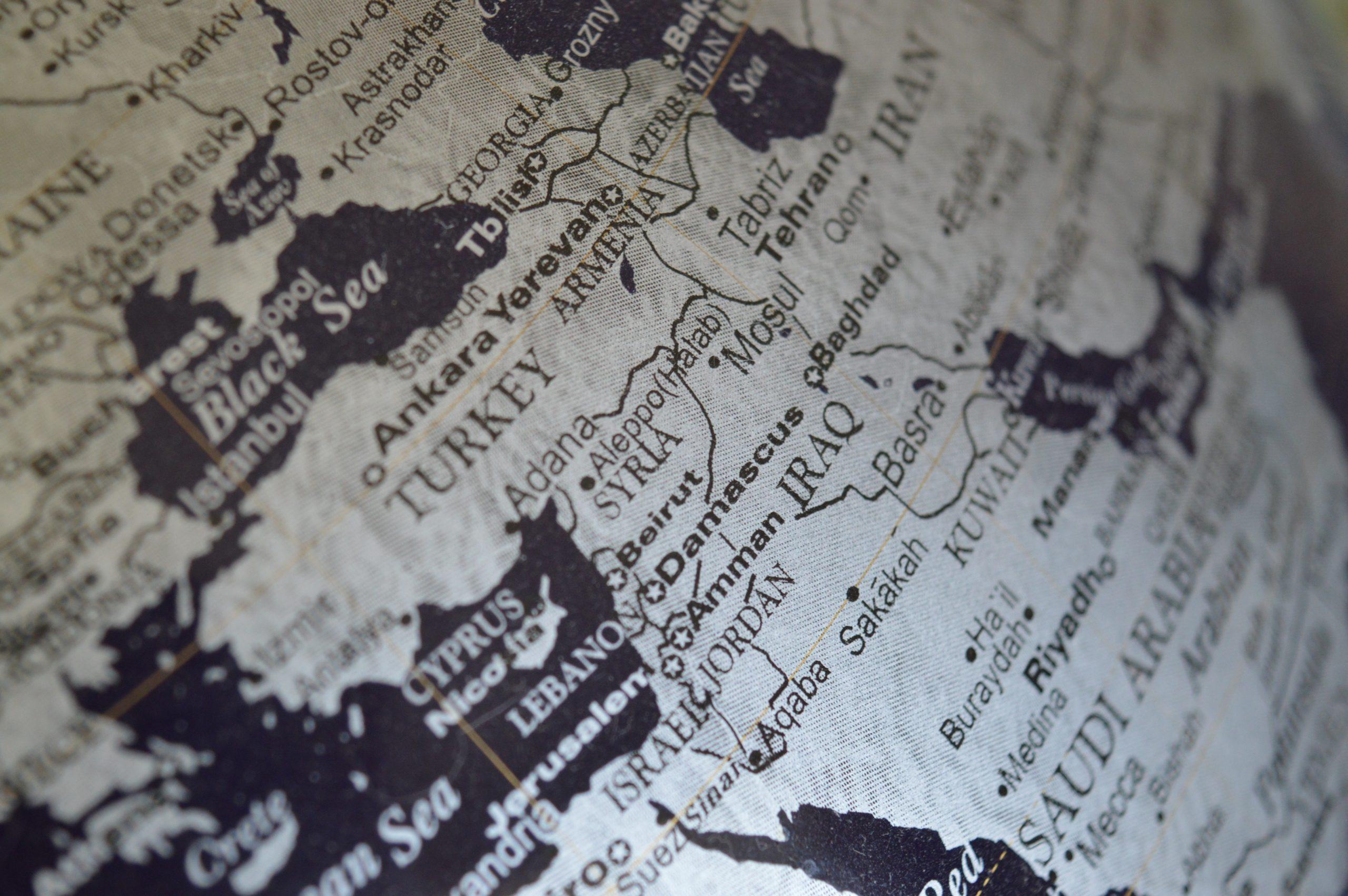Global power competition and the geopolitics of energy
Since the early 2000s, the competition between global powers (i.e. United States, Europe,
russia and China) has intensified and expanded to cover a broad range of challenges
including security, economics and information technology, among others. This global competition,
however, is different from the Cold War. There is a great deal of interdependence between
global powers, which was not the case between the West and the Soviet Union during
most of the second half of the twentieth century. This study examines how the strategic
competition between global powers shapes the energy market. The analysis focuses on
the ongoing war in Ukraine, the bloodiest in Europe since the end of World War II, and
the deepening tension between Washington and Beijing. The argument is that major oil
producers in the Gulf will continue to see the West, particularly the United States, as their main
security guarantor. However, despite these strong strategic ties, the Gulf Cooperation
Council states will continue to maintain close political and commercial relationships with
russia and China.
Gawdat Bahgat is Professor of National Security at the Near East South Asia Center for
Strategic Studies, National Defense University in Washington, DC. He is the author of twelve
books on the Middle East and American foreign policy. His work has been translated into several
foreign languages.






